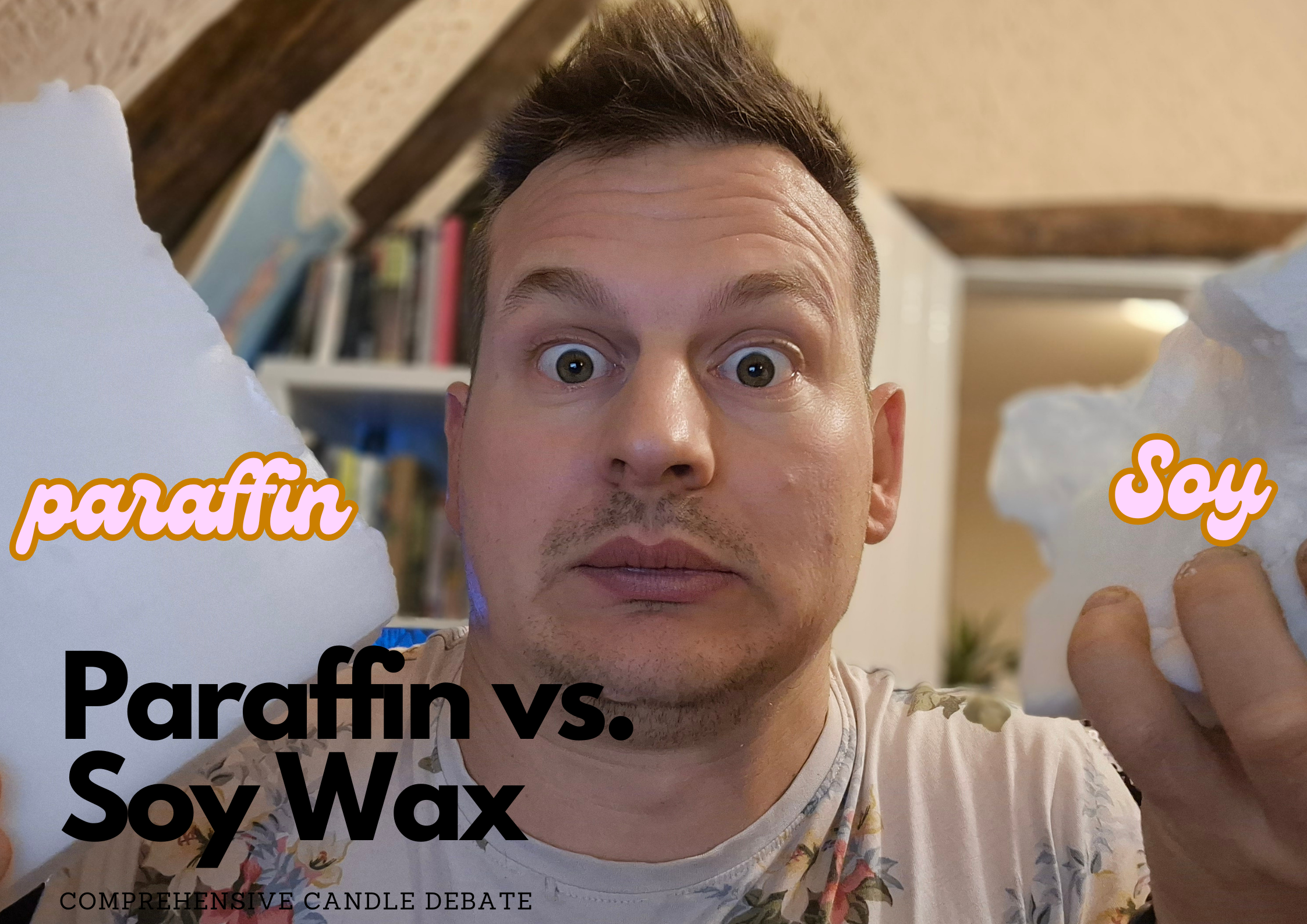Candle wick burning low
Jan 12 , 2024
Are you noticing your candle wick's flame is disappointingly low? A common culprit can be the size or quality of the wick itself. This article offers practical tips to revive that dimming light and get your candle burning bright again.
Keep reading for easy fixes!
Key Takeaways - Candle wick burning low
- Select the correct wick size for your candle container to prevent a weak flame and ensure an adequate melt pool.
- Invest in high - quality wicks from reliable suppliers to avoid poor combustion and achieve a cleaner, more consistent burn.
- Prevent tunnelling by burning candles long enough to melt the wax evenly across the surface, and consider trimming the wick before each use.
- Resolve low - burning issues by using heat tools like hairdryers or heat guns to melt excess wax around the wick for better oxygen flow.
- Regularly trim your candle's wick to about 1/4 inch to maintain a strong flame and extend the lifespan of your candle.
Reasons for Candle Wick Burning Low
The candle wick may be too small for the container, leading to a low burning flame. Poor quality wicks and tunneling can also cause the candle wick to burn low.
Candle wick is too small for container
A candle wick that's too small for its container can lead to a weak flame struggling to melt the wax evenly. This mismatch often results in an inadequate melt pool, starving the flame of fuel and causing it to burn low or even drown in melted wax.
Candlemaking requires careful selection of wick size; it needs to be large enough to create a full melt pool that reaches the edges without leaving excess wax on the sides.
Ensuring your DIY candle making efforts pay off involves choosing the right wick based on your container's diameter. A well-proportioned wick prevents tunnelling where only a narrow column of wax melts around it, leaving walls of unmelted wax behind.
If you've already created a candle with a wick too short or slim, consider melting down the wax and starting afresh with a properly sized one for an optimal burning experience.
Poor quality wick
To avoid a low burning candle wick caused by being too small for the container, it's essential to also consider poor quality wicks. Poor quality wicks often lead to a weak flame and incomplete combustion of the wax, resulting in tunneling and short burn times.
When crafting your candles, ensure that you invest in high-quality cotton or wood wicks that are designed specifically for the type and size of your candles. By using premium-grade wicks, you will create a stronger, more reliable flame that burns evenly and prevents issues such as soot buildup and uneven wax consumption.
When dealing with poor quality wicks, it is crucial to prioritise sourcing materials from reputable suppliers who can guarantee consistency and reliability in their products. With better-quality wicks, you will ultimately achieve longer-lasting candles with cleaner burns and more vibrant flames – creating an enhanced experience for yourself or those receiving your hand-crafted candles.
Tunneling
When a candle burns down the middle, leaving wax around the edges, it's referred to as tunnelling. This occurs when the wick is not burning hot enough to melt the entire surface of the wax.
To combat tunnelling, ensure that your candle is placed in a draft-free area and let it burn for at least one hour per inch of its diameter to allow even melting. Trimming the wick before each burn and using a larger wick can also help prevent tunnelling and ensure an even burn.
If you notice your candle is tunnelling, try gently heating the top layer of wax with a heat gun or carefully pouring out excess melted wax. Additionally, consider using a snuffer instead of blowing out the flame to minimise smoke and soot which can affect how evenly your candle burns.
Solutions for a Low Burning Candle Wick

To fix a low burning candle wick, consider melting the wax to expose more of the wick, using a heat gun to clear away any wax buildup, or scooping out excess wax around the wick. Additionally, trimming the wick slightly can help improve the flame's performance.
Melt the wax
To fix a low-burning candle wick, gently melt the wax around the wick using a hairdryer or heat gun. Direct the heat towards the edge of the candle to encourage an even burn and prevent tunnelling.
Be cautious not to overheat or disturb the wax too much as this might affect its overall burning performance.
By melting the wax, you can ensure that your candle burns evenly and efficiently, maximising its lifespan and preventing further wick issues.
Use a heat gun
To fix a low-burning candle wick, grab a heat gun and carefully apply heat to the top of the wax surface. The gentle warmth will help melt the surrounding wax, allowing it to level out and reach every part of the container, thereby aiding in an even burn for your candle.
Positioning the heat gun at a safe distance from the candle, steadily move it in circular motions over the affected area. Once you observe that the wax has melted and spread evenly across the top layer, allow it to cool before relighting your candle.
This method is effective in addressing tunnelling issues caused by uneven wax distribution around the wick.
Scoop out excess wax
Before addressing the low burning candle wick, ensure to scoop out excess wax from the container. Use a spoon or butter knife to gently remove any built-up wax around the wick without disturbing the wick's position.
This intervention will allow for better oxygen flow and in turn enhance the candle’s burn.
Once you’ve scooped out excess wax, light your candle and observe if there is an improvement in its burning.
Trim the wick
To ensure a consistent and steady burn, trim the wick of your candle to around 1/4 inch before lighting it. This simple step prevents the wick from becoming too long and causing the candle flame to flicker or smoke excessively, ensuring that it burns evenly.
Trimming the wick also helps to prevent tunneling, as it encourages the wax to melt evenly across the surface of the candle. By doing this regularly, you can maintain a small but strong flame and extend the lifespan of your candle.
Conclusion
To fix a low-burning candle wick, trim it to 1/4 inch. Melt the wax around the wick for an even burn. Use a heat gun to soften and straighten the wick. Scoop out any excess wax from around the wick.
Avoid tunnelling by burning your candle for longer periods.
FAQs
1. Why is my candle wick too short and drowning in wax?
When a candle burns, sometimes the melted wax can overwhelm a short wick, causing it to become submerged or drown which results in a small flame.
2. Can I fix a burned candle with tunneling problems?
Absolutely! To correct tunnelling where the wick is burning lower than the surrounding wax, you may gently melt down the excess wax and carefully centre your wick.
3. What should I do if my candle wick is burning faster than the wax?
If you notice your candlewick burning rapidly while leaving behind too much solid wax, consider trimming it to control burn speed or use DIY methods for fixing uneven burn issues.
4. Do you have any quick tips for making my own candles at home?
For those interested in candle making at home, always ensure your wicks are properly centered and trimmed before lighting to avoid complications like a low-burning flame.





